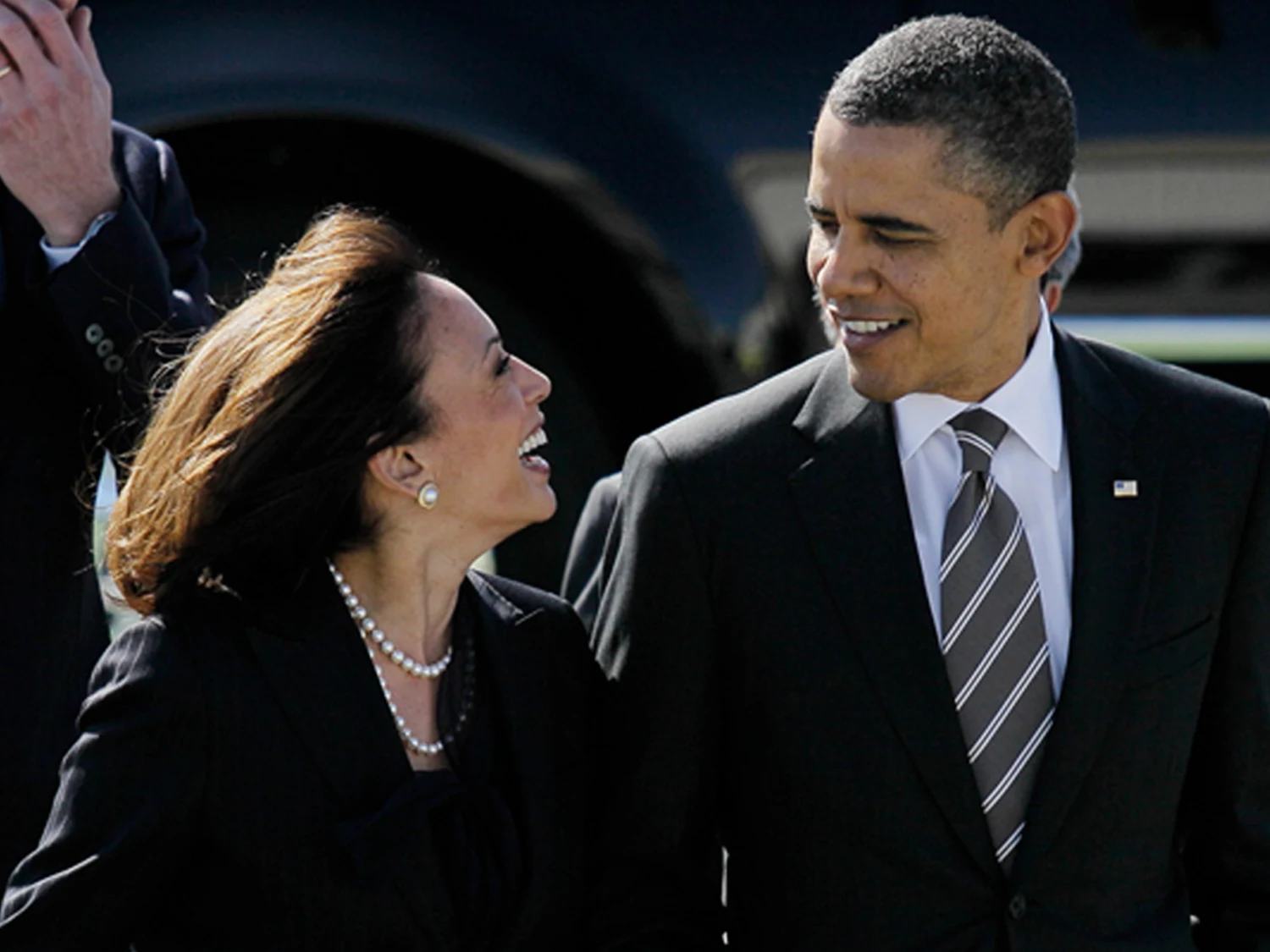President Trump didn’t like the latest jobs report—so he fired the person he claimed was responsible. But here’s the kicker: the person he ousted probably had nothing to do with putting that report together in the first place.
On Friday, Trump abruptly fired Erika McEntarfer, the commissioner of the Bureau of Labor Statistics (BLS), and blasted the jobs report as “RIGGED.” He also accused the agency of cooking past revisions to make his economic performance look worse—offering no proof.
“I assume in the hopes of getting ‘Kamala’ elected,” he posted online.
Former officials across the board, including ones Trump himself appointed, are calling nonsense on that.
“The commissioner doesn’t do anything to collect the numbers,” said William Beach, who served as BLS chief under Trump. “They don’t even see them until just before they’re released.”
In fact, the jobs report—officially known as the “Employment Situation Summary”—is the result of a rigorous, nonpartisan process that’s been fine-tuned for decades. It involves two major surveys: one of 60,000 households and another of about 650,000 businesses and government agencies.
The surveys are collected by trained interviewers and submitted to BLS, where analysts review and vet the data. The commissioner gets briefed only a couple days before the numbers go public, and doesn’t get to tweak anything.
Trump and his allies latched onto recent downward revisions as “evidence” of manipulation. But economists say those revisions are standard operating procedure.
“They’re not a bug, they’re a feature,” said former BLS commissioner Erica Groshen.
The agency releases an initial estimate each month based on early data, then revisits that number twice more as late responses roll in and errors get corrected.
The result? More accurate data over time.
McEntarfer, a Biden appointee who continued serving under Trump, was ousted Friday just hours after the July jobs report landed. That report showed weaker-than-expected growth—73,000 new jobs—plus downward revisions to May and June.
Suddenly, Trump decided the entire operation was untrustworthy. His top economic advisor, Kevin Hassett, said on TV the solution was to get “a fresh set of eyes” into the BLS. Critics say it’s a transparent attempt to politicize the numbers.
Janet Yellen, former Fed chair and Treasury secretary, didn’t mince words:
“This is the kind of thing you’d expect in a banana republic.”
Government data—on jobs, inflation, wages, GDP—isn’t just academic. The Federal Reserve uses it to set interest rates. Congress uses it to craft budgets. Businesses rely on it for hiring and investment decisions. If that trust erodes, the whole system wobbles.
“It’s a mirror society holds up to itself,” said Andreas Georgiou, the former head of Greece’s stats agency, who was prosecuted for reporting accurate deficit numbers. “If that mirror’s broken, you can’t solve problems—you can’t even see them.”
Some Trump allies argue that private-sector “big data” could replace government numbers. But experts say no way.
“Private data sources often piggyback on government stats,” said JPMorgan’s chief US economist Michael Feroli. “They’re not nationally representative and they can’t match the scale.”
Even Harvard economist Alberto Cavallo, who built an independent inflation tracker in Argentina when its government was fudging numbers, says government data remains essential.
For now, BLS is being run by acting commissioner William Wiatrowski, a career employee respected across the aisle. The core team of analysts and statisticians remains intact, doing their work with the same methods they’ve used for decades.
But experts are worried. If the Trump administration continues to challenge every inconvenient number as “fake,” and replaces apolitical data professionals with loyalists, the US risks going down a path seen in countries like Argentina, Greece, and China—where official stats lost credibility and chaos followed.
“It doesn’t happen overnight,” said Georgetown professor Amy O’Hara, a former Census official. “But the question becomes: If the next number isn’t favorable, who gets fired next?”
With input from the New York Times, NBC News, and CNBC.










The latest news in your social feeds
Subscribe to our social media platforms to stay tuned